Growing cilantro: recommendations and tips

Cilantro or coriander – an excellent herb for many dishes. In tomato-garlic sauce, it goes amazingly with kebabs. We publish basic agricultural techniques for growing this spice and expert advice.
Content:
Description and agricultural technology
Most of our compatriots learned this spicy herb through Korean dishes. It has been grown in the east for more than five thousand years. Maybe that’s why its other name appeared - Chinese parsley. The Chinese attributed the power of immortality to this spice.
Cilantro is a representative of annual herbaceous plants, which are characterized by early maturity and frost resistance, but at the same time high requirements for soil composition. On infertile lands, crops grow weak and quickly begin to shoot, and therefore it is better to start growing cilantro in early spring, when there is a lot of moisture in the soil.
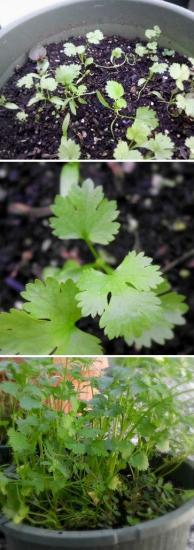
In February-March cilantro can be planted in a greenhouse, then the flower stalks will appear somewhere on the 40th day after the seeds germinate. If the sowing is done later, that is, in May-June, flower stalks can be expected already on the 20th day. Collect on time, unripe seeds have an unpleasant odor.
When sowing, the seeds are placed at a depth of 1-1.5 cm. The distance between plants should be approximately 9-13 cm, between rows 28-33 cm. Therefore, when cilantro sprouts emerge and actively begin to grow, they must be thinned out, leaving the specified distance between sockets.
Coriander is a long-day plant, and therefore, if there is a lack of light, its growth will slow down. If you plan to grow cilantro for greens, then the plant must be removed as soon as the inflorescences begin to form, since the appearance of buds is undesirable.
Cilantro leaves are not uniform along the stem. The lower ones have petioles, and the leaves at the top sit directly on the stem; the latter have a slightly elongated shape. The flowers are collected in an umbrella, small. There are pink and white flowers. The main stem of cilantro ends in a central umbrella, from which flowering begins. Other umbrellas bloom after them, blooming at the same time. It is better to remove the leaves when the cilantro is in the rosette phase (about 15-20 cm high). After cutting, it is recommended to feed the plant.
Caring for cilantro is not at all difficult: weeding and watering once every 8-10 days. This method of watering is recommended in dry times; if the humidity is sufficient, then there is no need to water the cilantro.
Expert advice
Cilantro in the garden is very demanding of light. A shady or shaded location delays its maturation, as mentioned above. At the same time, the yield decreases sharply, and the content of essential oils is greatly reduced. Therefore, in order to get seeds, it is necessary to sow in open areas.
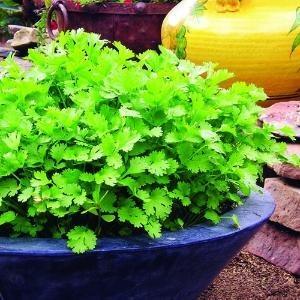
Cilantro is also demanding of moisture. The most sensitive period to moisture is the beginning of stemming and flowering time. Therefore, to get seeds, ensure timely watering, or densely mulch the soil around the bushes.
High temperatures can interfere with the ovaries - above 35 degrees barren flowers may appear, the smell of the grass and fruits changes greatly. Therefore, it is better to sow cilantro from March to May, and not to sow in summer. Crops are resumed from late August to early October.
Cilantro grows well in fertile soils and black soils. For good growth, it prefers soils close to neutral reaction.
Properties
The oils contained in cilantro remove toxins and also effectively help the body digest heavy foods (root vegetables and starch). When consuming cilantro, either in salads or in broths, there is no unpleasant feeling of heaviness in the stomach, food is digested faster.
It can be recommended to anyone who has problems with the cardiovascular system and esophagus. It stimulates peristalsis, improves appetite, and strengthens the walls of blood vessels.
To heal wounds, cilantro is used as a natural antiseptic; tincture from its fruits perfectly heals cuts and bites.
Application
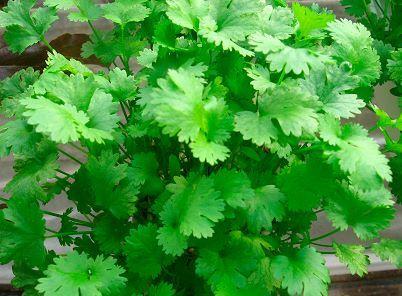
In addition to salads, young rosette greens cilantro is used as seasoning for soups and meat dishes. The soup made from salmon or pink salmon with the addition of herbs is very aromatic. Cilantro seeds have a very special meaning as a spice for cheeses and sausages.
Interestingly, if you chew cilantro seeds before drinking, they will slow down the process of intoxication and reduce the unpleasant smell of alcohol. Alcohol tinctures of cilantro seeds also soften the pungent odor of alcohol.
They are also used in some types of gin. Our favorite Borodinsky black bread is also generously sprinkled with this wonderful seasoning.
So, the article reveals the basic agricultural techniques for growing cilantro and provides practical advice from experts. Cilantro has wonderful health benefits and has found its way into many dishes and infusions. If you have just now decided to try this spice, our publications will help you diversify your dishes to the table.

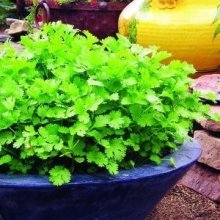


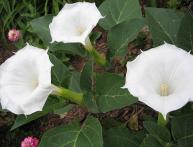
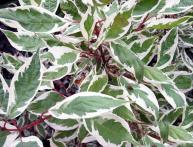
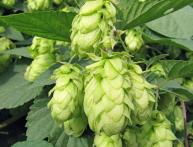
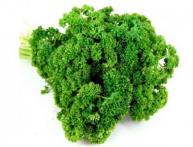
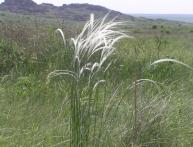
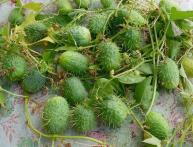
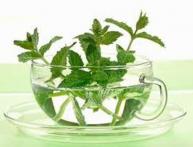
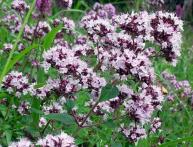
Comments
The advice is certainly useful and understandable.But I have this question: - Why didn’t my cilantro germinate well? I bought seeds from different manufacturers and in different places, plus I fertilized the soil. What could be the reason?
I don’t know exactly the reason, but cilantro really doesn’t sprout well. I planted it in different ways, the result was the same. Now I don’t bother, I just sow thicker, and then I just pull out the excess.
I don’t know exactly the reason, but cilantro really doesn’t sprout well. I planted it in different ways, the result was the same. Now I don’t bother, I just sow thicker, and then I just pull out the excess.